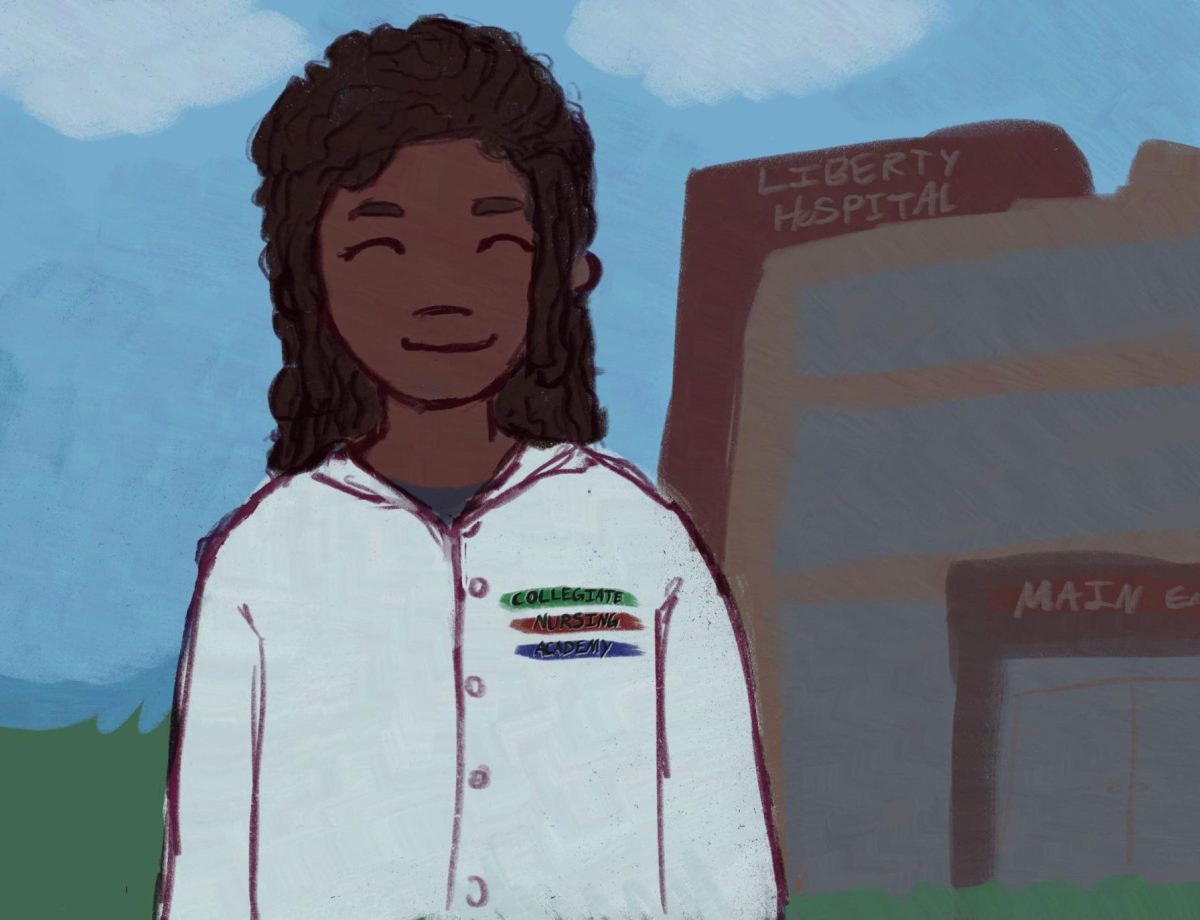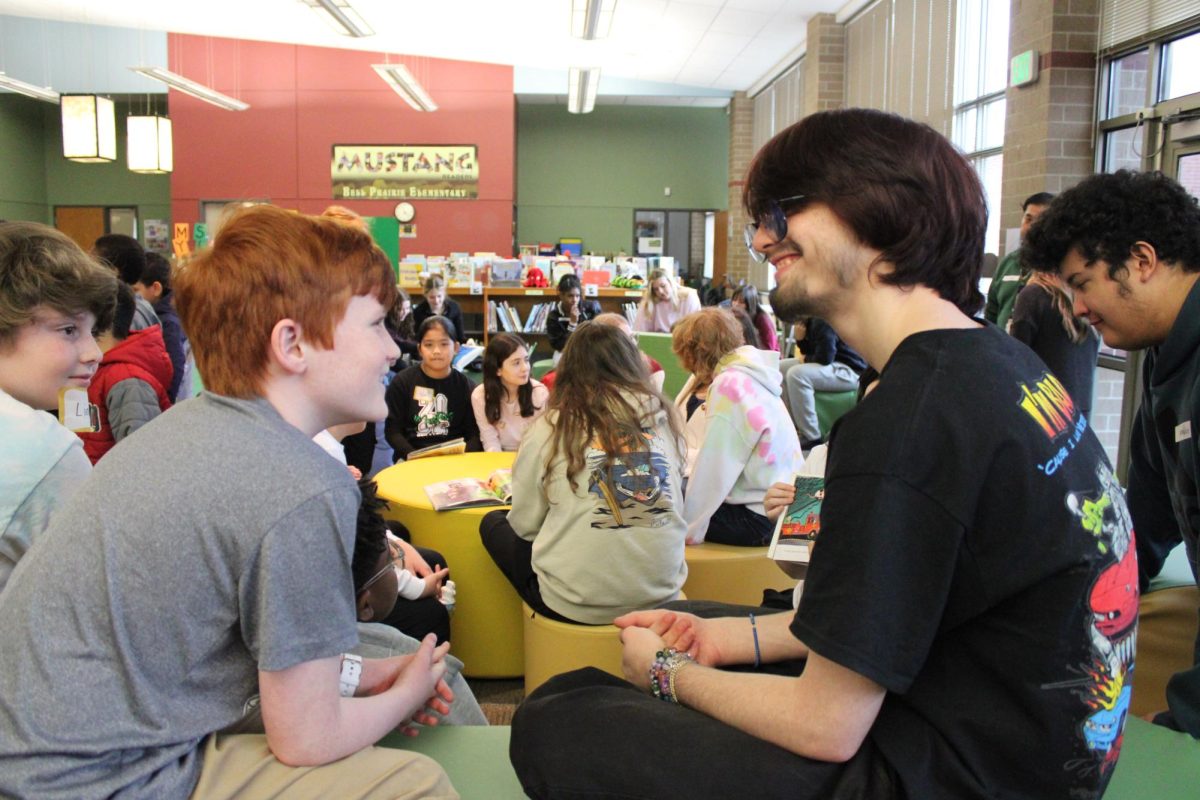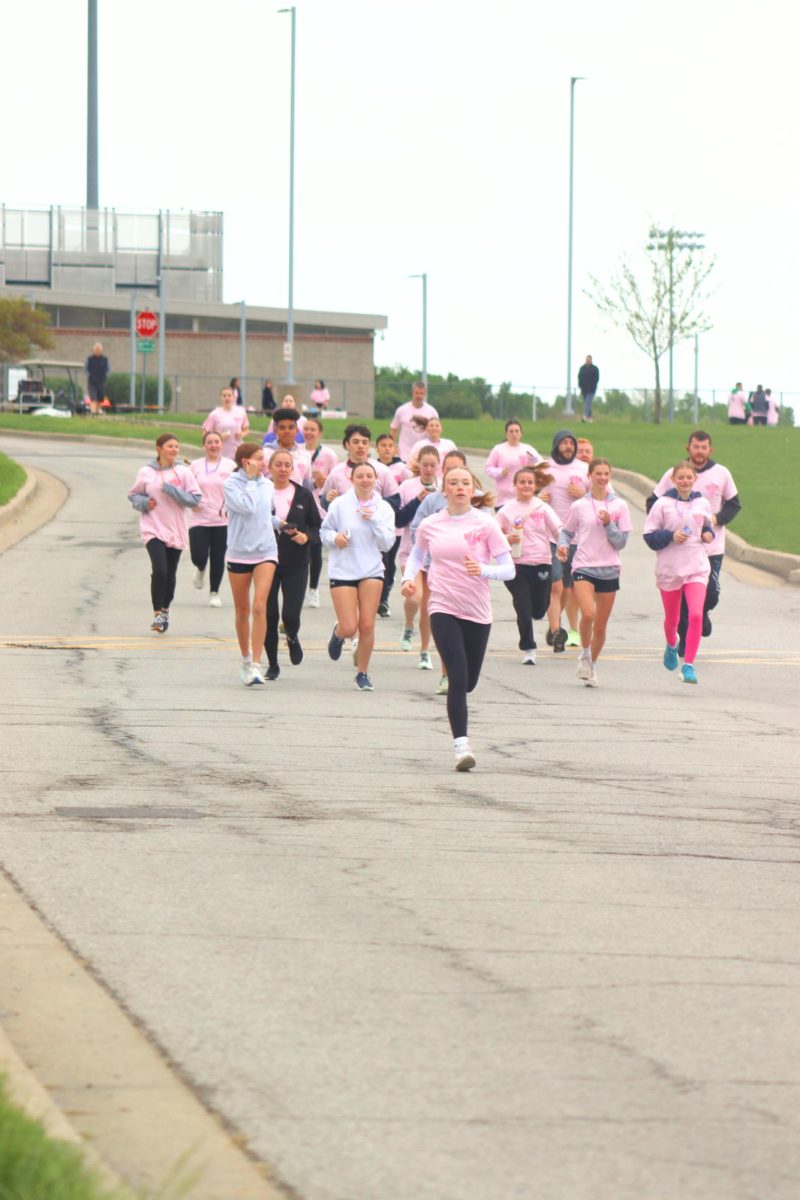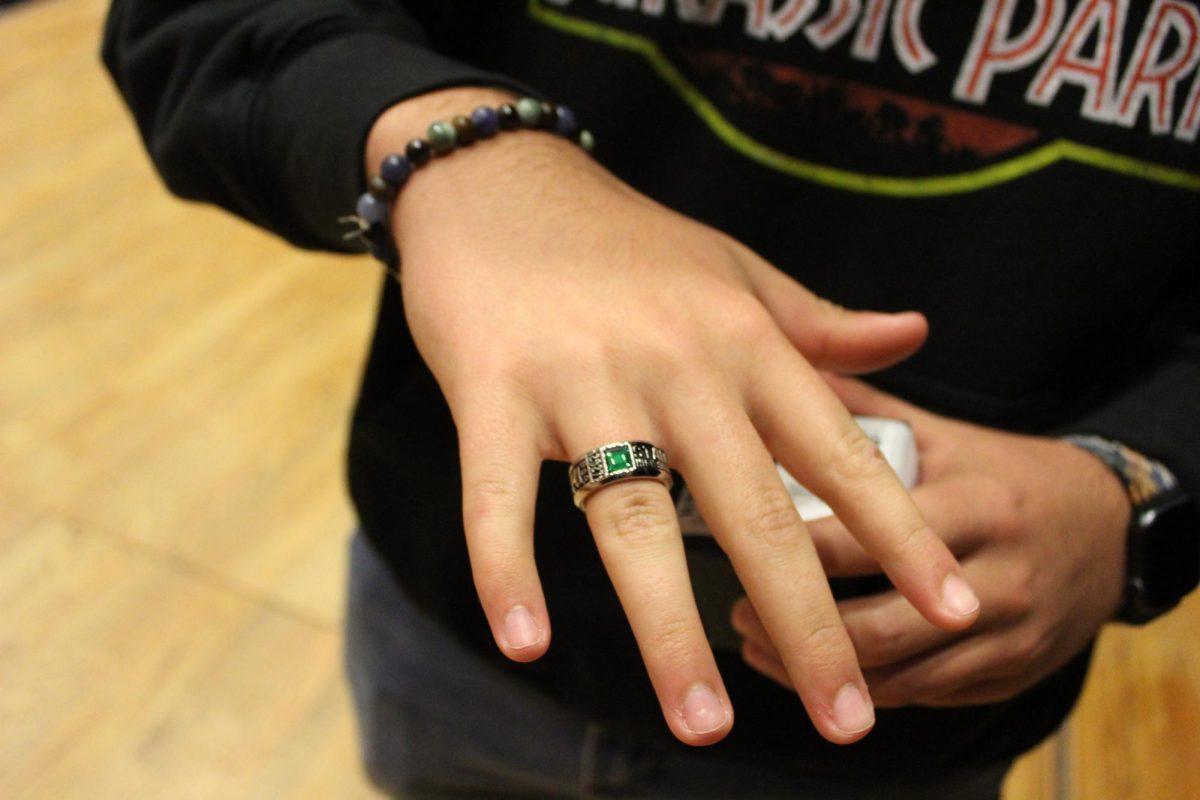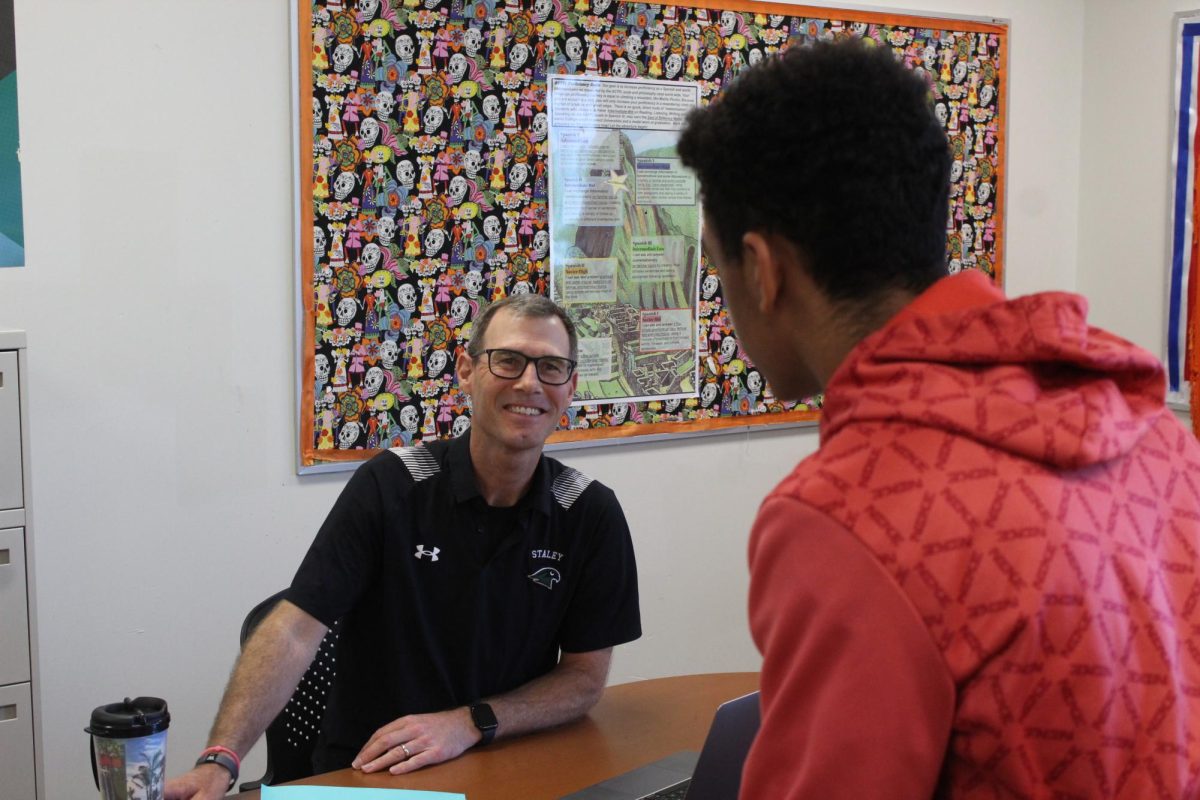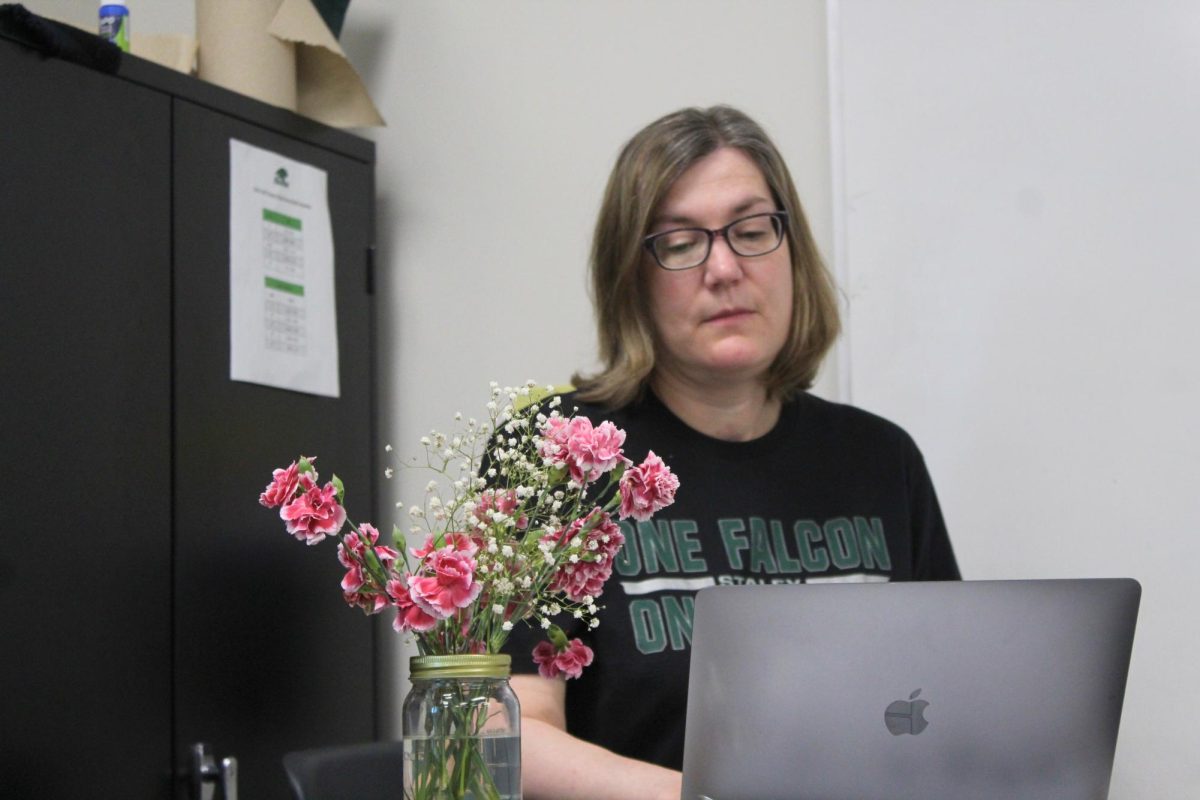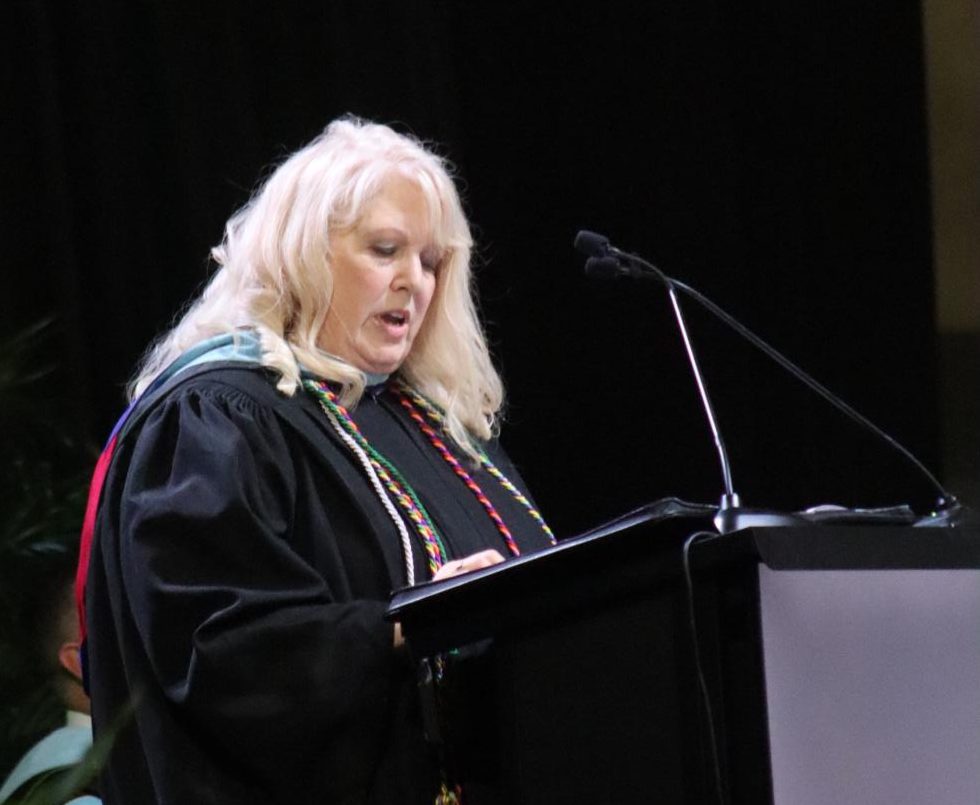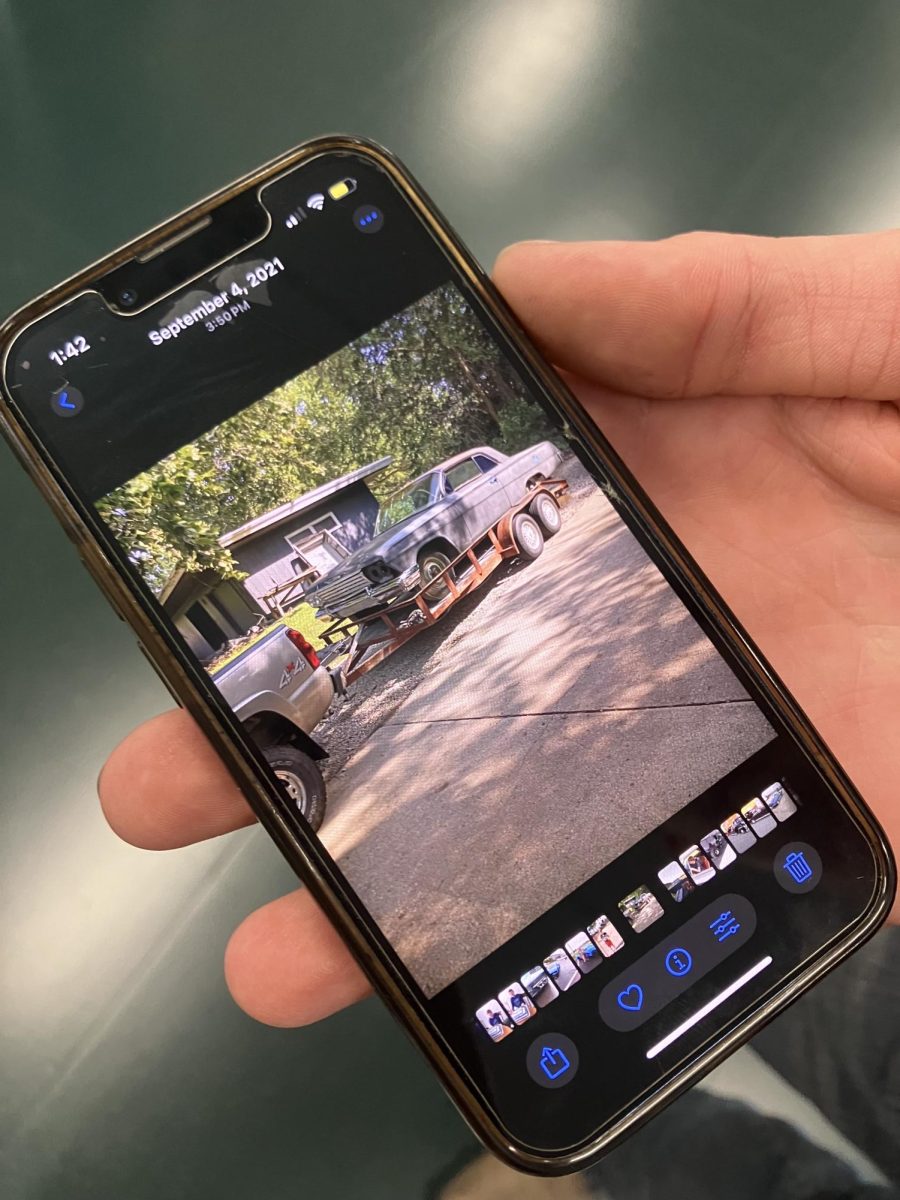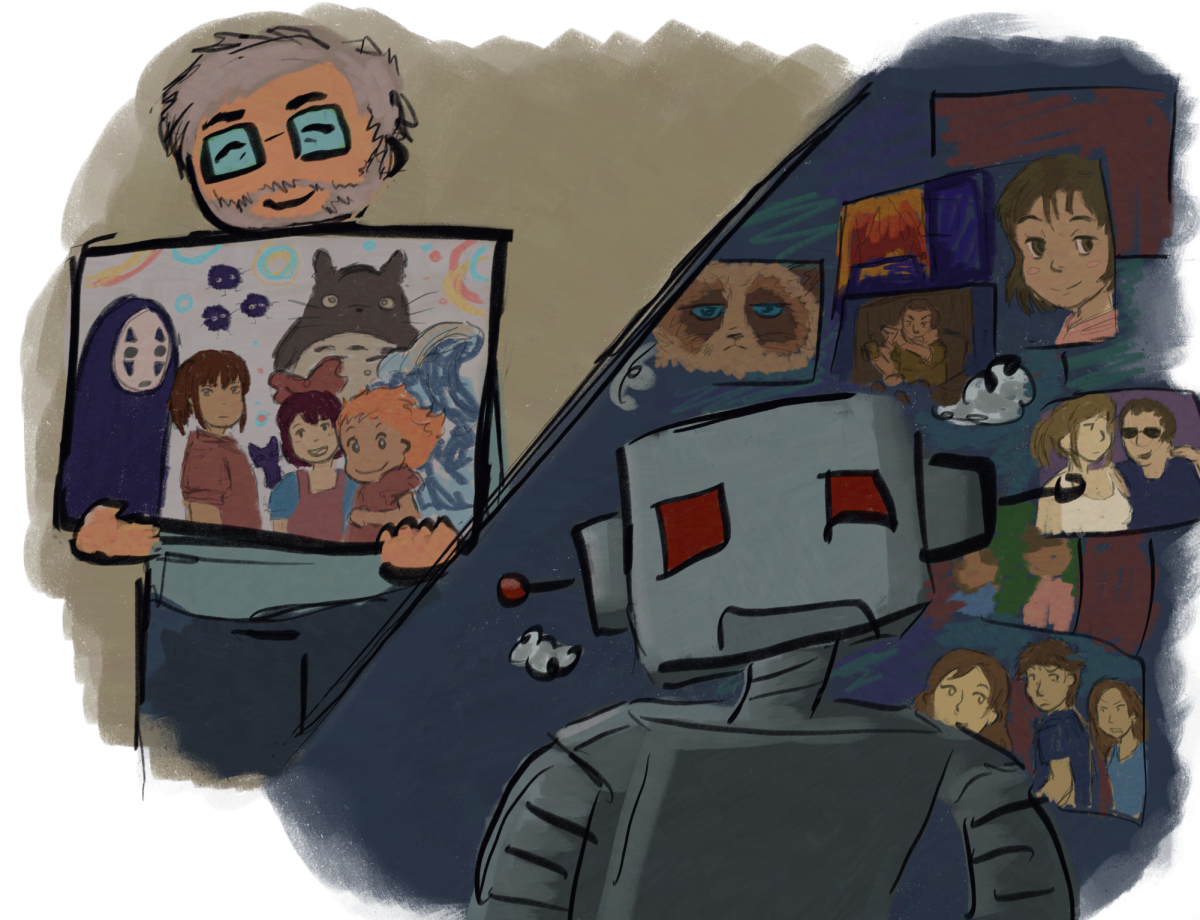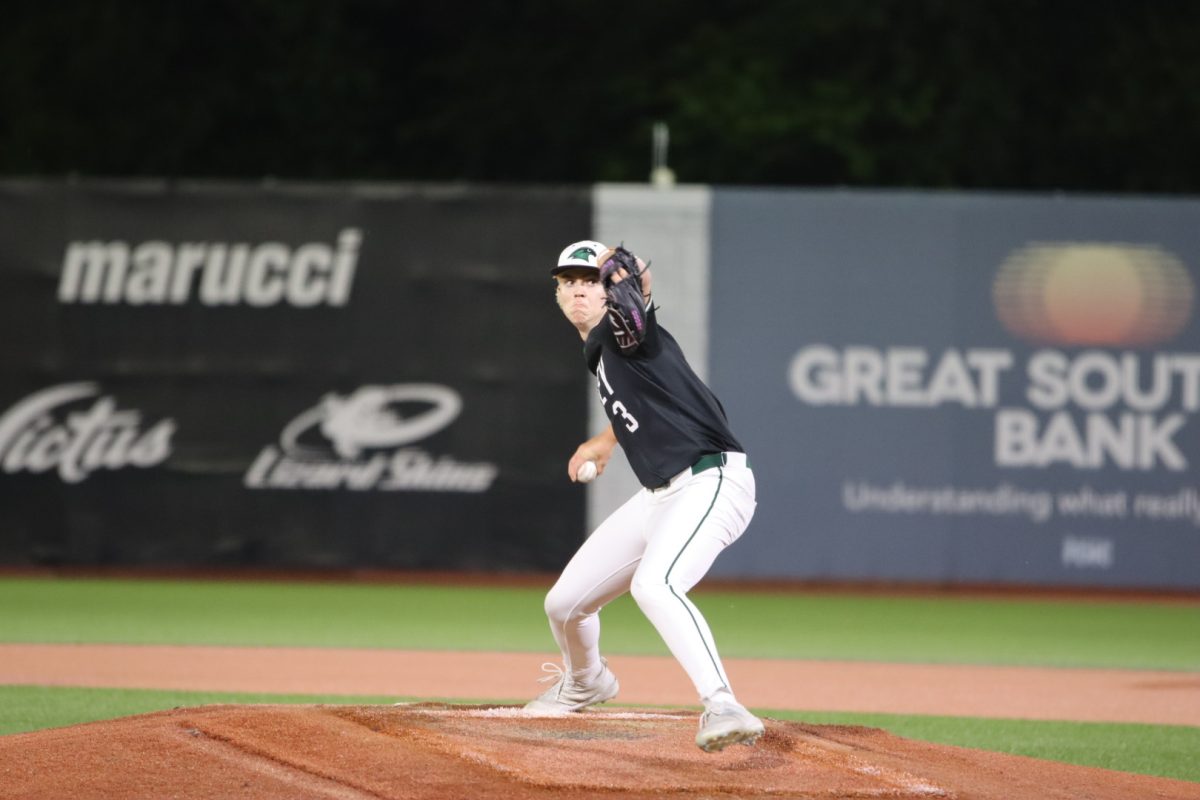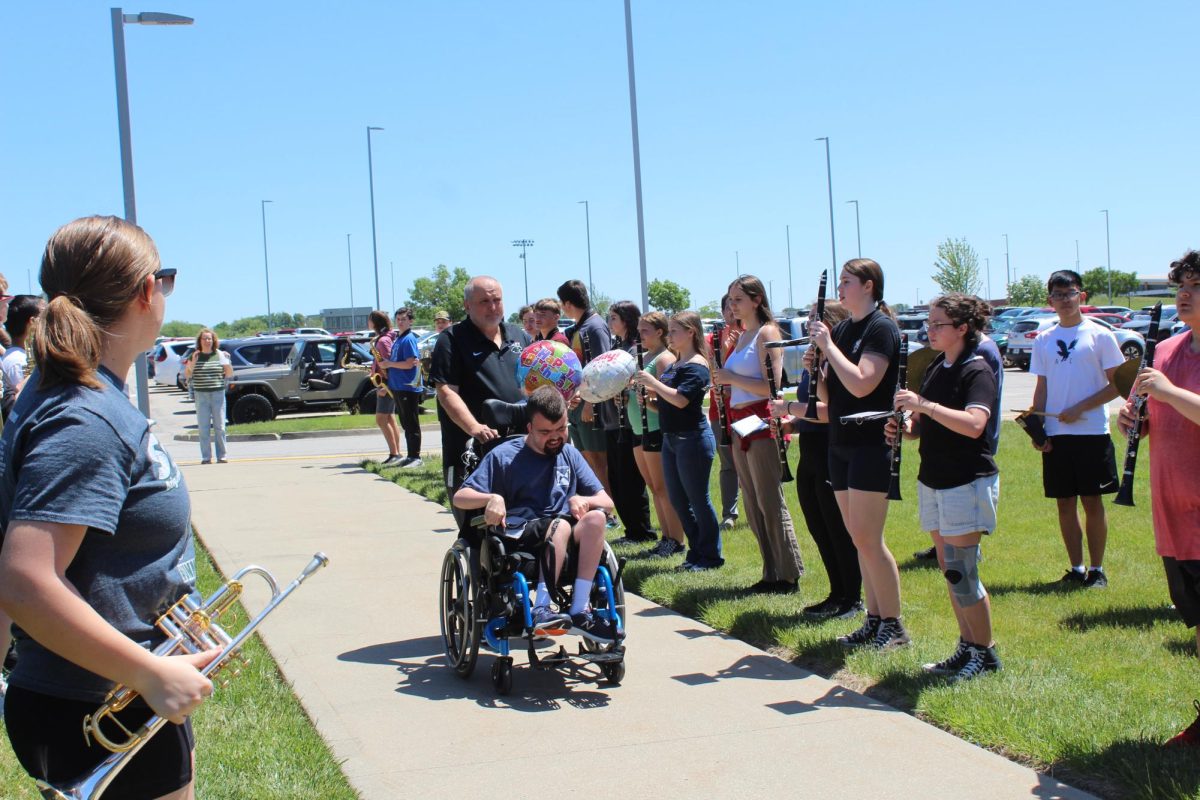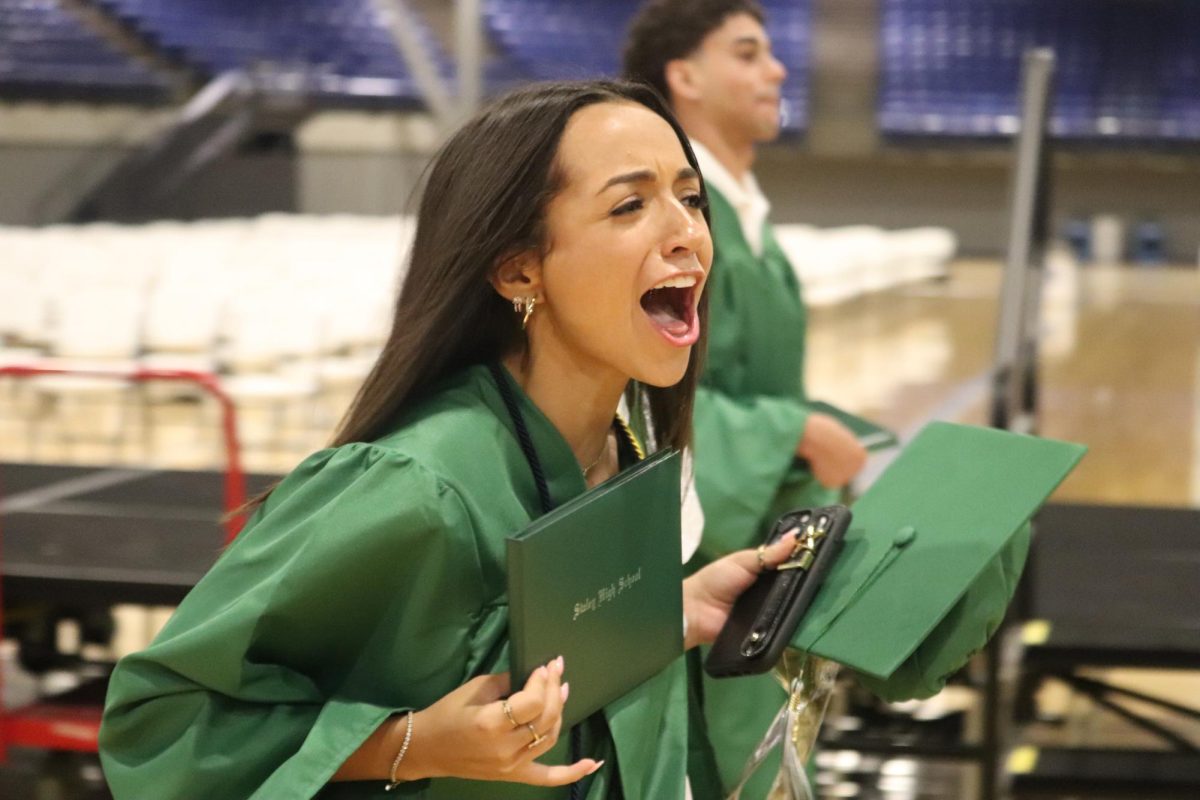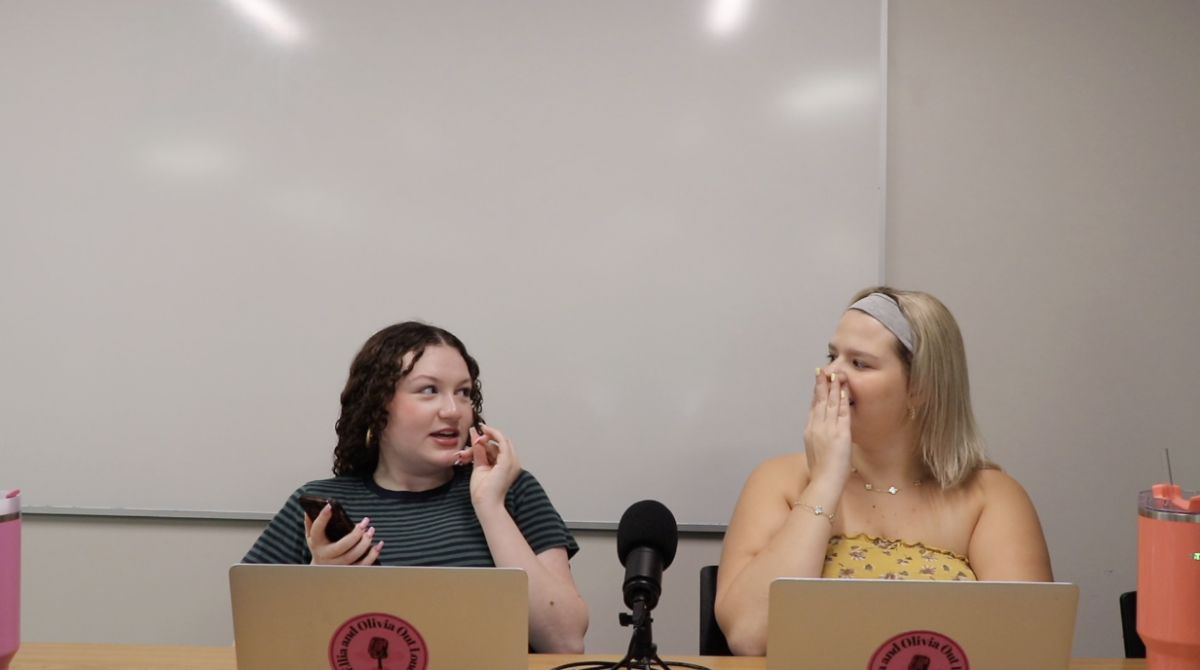Mask Up — All The Way Up — To Stay In School
Students Wearing Masks Incorrectly Poses Risks
September 23, 2021
Seeing people in the hallways with masks below the nose or under the chin? The safe and correct way is covering both the mouth and nose, but lots of students have been seen wearing their masks incorrectly.
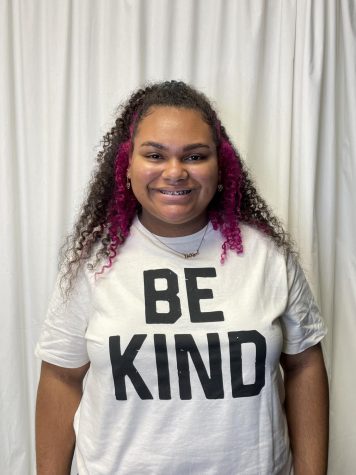
As the 2021-22 school year begins, the only COVID-19
mandate the North Kansas City School District has in place is wearing a mask throughout the school day. Students, teachers and staff are required to follow the mandate in order to keep the school safe and open. For some, this is a no brainer. But for others who are either against masks or are defiant, wearing them incorrectly poses a greater risk of continued spreading of the virus to students and faculty.
The CDC reported that the variants of COVID-19 can be highly transmissible and that with the extent of mixing vaccinated and unvaccinated people in schools, masking is recommended. With students not complying, the virus will continue to spread, which can lead to mass cases or a shutdown of schools.
In-person learning is more beneficial for students. The CDC reported that students had experienced learning loss during the period of school closure and summer months. In-person learning helps with less distraction and better academic development.
Students and faculty are glad to be back in person, but with people wearing their masks incorrectly, it might not last long.
The CDC reported that students benefit from in-person learning, so finding a way to keep schools open was a priority, and masks are the solution if worn correctly.
It has been observed that students and staff have been pulling their masks out or down when speaking so others can hear them better. That said, this is conflicting with the purpose and effectiveness of masks.
The CDC reported that respiratory droplets travel into the air when people cough, sneeze, talk, shout or sing. These droplets can then land in the mouths or noses of the people who are near them, or they may even breathe them in. Masks help reduce the spread of these droplets transferring, therefore protecting others.
Some of the symptoms of COVID-19 include fever, chills, loss of taste or smell, fatigue, and the list goes on. However, not everyone with the virus shows symptoms.
Johns Hopkins Medicine reported that people infected by COVID-19 who have no symptoms can still spread the virus to others. Therefore, if people don’t want to wear a mask for themselves, they should do it for their friends, family, and the people around them.
The district does contact tracing, which is the process of identifying people who may have encountered someone infected with COVID-19. If a student is exposed to a person with COVID-19, the student would be required to quarantine, missing 10-14 days of school. However, if the student was wearing their mask correctly, they wouldn’t have to quarantine and miss school.
Masks are a good thing for the school and are the answer to keeping the school open. Please make sure masks are worn correctly: covering the mouth and nose, and help others do the same. If you see someone in the hallway or in class with their masks on incorrectly, correct them or bring it to the attention of a teacher. With proper masking, the school will see less cases of COVID-19 and can remain open.
[ngg src=”galleries” ids=”15″ display=”basic_imagebrowser”]

